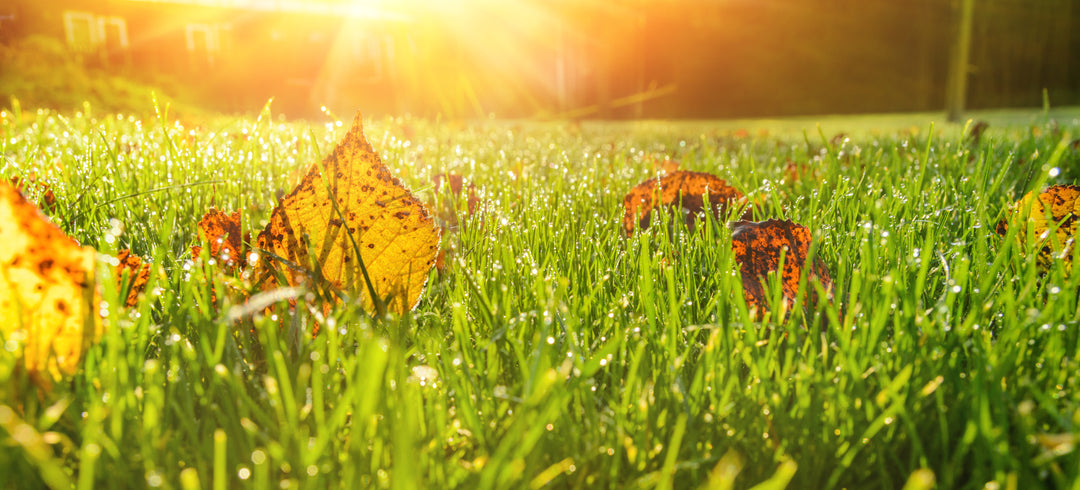6 lawnmyths and their truth
Lime helps against moss, but diocese casting hurts the lawn: we check the most well-known lawnmyths on their truth content - from fertilization to ventilation of the lawn.
1. Mulchen replaces fertilization
Anyone who lets the grass cut is sparing fertilize: the myth is not true, because mulch contains only a small proportion of nutrients needed for grass growth. In addition, felt forms felt and the vitality of the grass decreases. Mulchen can be seen as a supplement to fertilizer, whereby the cutting material must be distributed evenly and in small amounts on the grass scar. A suitable lawnmower automatically returns the cutting material to the lawn.
2. Regular fertilizer increases the mowing
The fact that regular fertilizes the lawn can grow faster is known. But more rare must be mowed a lawn that is not fertilized. Anyone who believes in this myth will quickly find that a lawn that is not sufficiently supplied with nutrients in the form of fertilizer has the time stains with the time and craced. Time and cost, which is necessary to invest in the rescue of the lawn, considerably exceed the cost of regular fertilization. Therefore, fertilize and regularly mowing.
3. Pour at lunch hurts the lawn
When plants are watered in the midday sun, the water on the leaves may cause a burning glass effect: the sunlight is bundled and causes punctual burns on the sheet. While this problem actually exists in large-leaved plants, there is no great risk of burning glass effect in the grass. The narrow grasshalts take little watering water and are not in the direct "field of view" of the sun due to their vertical attitude. Nevertheless, it is advisable in the summer, to pour in the morning or in the morning so that the watering water does not evaporate immediately.
4. Lime helps against moss
Certain moss species like the peat moat grow on soil of earth. Earth. Therefore, it is always recommended to sprinkle the lawn with lime to reduce just that acid and thereby minimize the growth of the moss. On normal grass, however, grows the sparage Kranzmoos, which thrives on a cold ground. The scattering of lime has no influence on moss growth and is therefore a little useful. If you want to get rid of the soft green areas, therefore, must continue to ventilate the soil sufficiently. When should I lime the lawn? Here is the answer: Lawn lime pH Value Measure - NewWonder555.
5. Perfect grass by Aerify
When aerifying, the ground of the lawn is loosened by means of a full sspoons or a hollow poole to improve growth. However, the aerification alone is not enough if it is supposed to be a perfect grass. Regular casting, fertilization and crops are as important factors. The method helps especially when the lawn has a poor water and nutrient supply or has a lot of lawn felt and organic material.
6. peat acidifies the floor
Similar to lime drew the ground, peat leads him acidity. However, the influence of peat on the pH of the earth is minor and has no effect on plant growth. Only in rural renewals makes a cover of the seed with peat sense. Optimal is a layer thickness of two to three millimeters so that the peat can optimally absorb the moisture and distribute it to the earth. The myth that peat acidifies the ground, so only partially true. Torf from the specialized trade is treated with important vitality composition and is best suited to influence the growth of the lawn.
Contribution: Jayzynism - Stock.adobe.com




